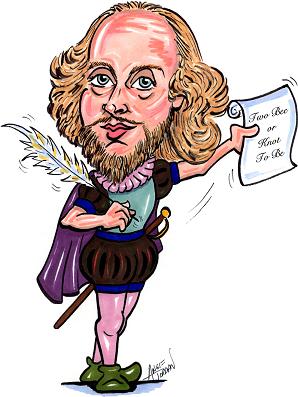Covering everything from Hollywood musicals to amusement parks to jazz to nose jobs, Jews and American Popular Culture attempts to understand a historical phenomenon that would have seemed impossible during the second half of the 19th century. In 1881, the Jewish population of Poland and Western Russia alone was larger than that of the United States by a margin of 5:1.
By 1914, though, some two and a half million Jews, mostly from Eastern Europe, had flooded America. The vast majority landed on the East Coast, and a huge percentage of these immigrants made New York their first American home. Almost immediately, Jews and Jewish issues began to enter the heart of American popular culture, deeply changing that culture and even more deeply changing the Jews.
Woody Allen is actually part of a long, illustrious line of public figures - from Al Jolson, Sophie Tucker and Groucho Marx to Sandy Koufax, Barbra Streisand and Jerry Seinfeld - who have, often in the name of the larger Jewish population, flaunted, shed and otherwise wrestled publicly with their Jewish identities. And if this image of Allen is worth at least a thousand words, Jews and American Popular Culture - which comes in at just under thousand pages - intersects with a shared set of puzzles and contradictions about an American Jewish fusion of humor, nostalgia, ignorance, forgetting and even mockery for religious and ethnic traditions even as elements of Jewish tradition and schtick turn up in the most unlikely of Jewish and non-Jewish places....
Editor Buhle suggests in his introduction that the book is "an intellectually engaged collection of essays on a subject that has long awaited comprehensive treatment." In many ways he is right. While Irving Howe's 1976 magnum opus World of Our Fathers explored the intricacies of day-to-day immigrant Jewish life in New York for the first decades of the 20th century, his story was limited chronologically, geographically, and by the kinds of topics a credible historian could tackle 30 years ago. Today's academic landscape allows and even depends upon divergent and unexpected topics of research. As a result, Buhle, a Brown University historian, who is himself not Jewish, takes on topics "extremely familiar in daily life but mostly unfamiliar in scholarship ... in the emerging field of 'material culture,'" resulting in a survey of the lived life of Jews in America that more traditional historical or political lenses might miss. ...
...Jews and Popular American Culture makes a clear case that the first half of the 20th century produced a combination of time, people and place impossible to recreate. The book has very little of interest to say about the 1960s onward, sharing almost no reportage or analysis of Jewish artists, thinkers and culture makers in their prime today.
This may be an unfortunate bias of the project, but in its defense, compared to Golden Agers, the barely viscerally Jewish characters from the cast of "Friends" or the parve kvetching of Jerry Seinfeld or the Nanny are vague, lifeless Jewish shadows compared to the dynamic, edgy Jewish figures of the past. There are contemporary Jewish voices combining postmodern realities with Jewish religious or ethnic interest - Tony Kushner, David Mamet and Liz Swados in theater, Nathan Englander, Michael Chabon and Jonathan Safran Foer in literature, and a range of less famous but Jewishly knowledgeable and active figures in the realm of "New Jewish Culture" - but for the most part finding a home in America has dulled the sharp edge required for creating cultural leadership. It is easy to wonder if Jewish American popular culture today has a defining raison d'etre at all.
Sunday, June 3, 2007
'Jews and American Popular Culture'
From Haaretz :
Subscribe to:
Post Comments (Atom)


No comments:
Post a Comment